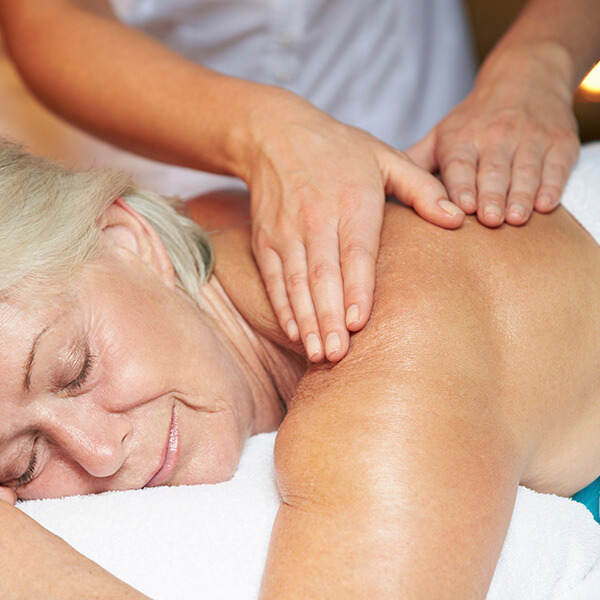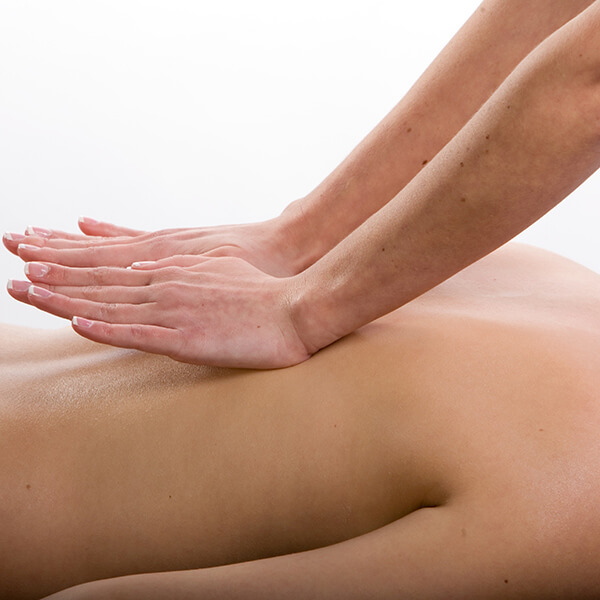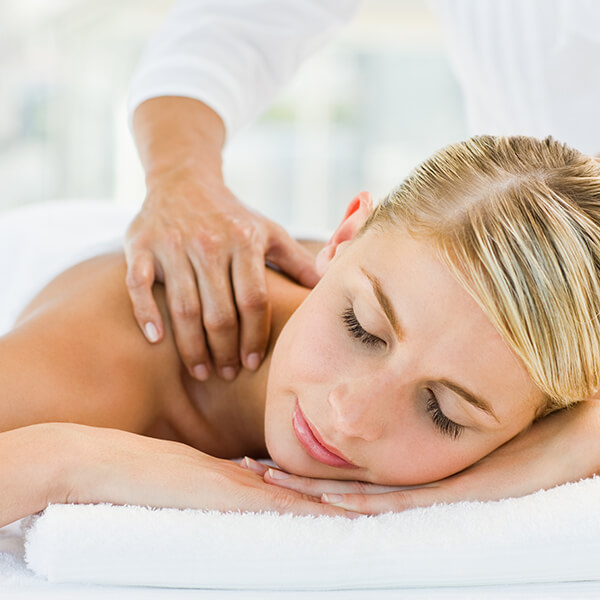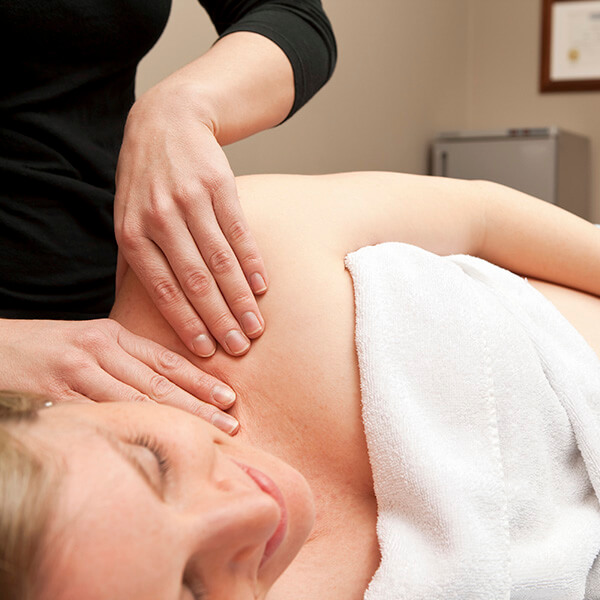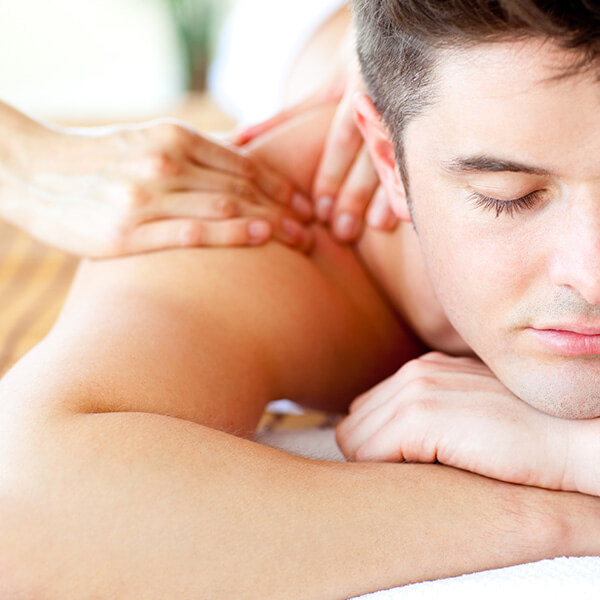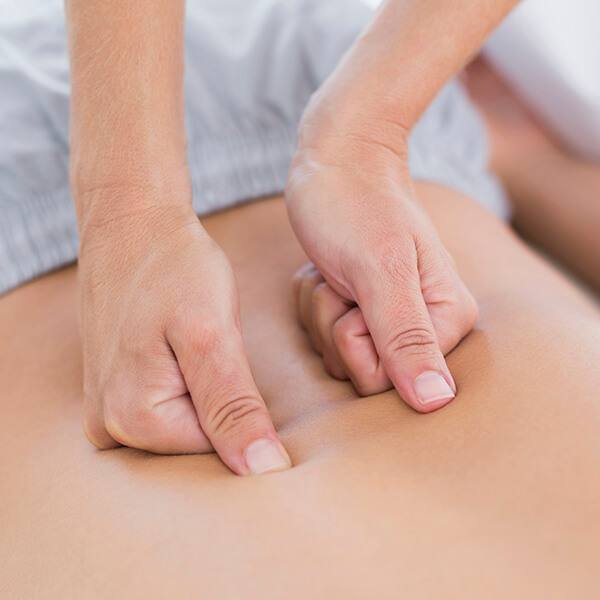Sports Massage Therapy | Ravenswood Chiropractic in Andersonville
Massage Therapy
Massage Therapy for Sports Injuries
Sports massage therapy has numerous benefits for all types of athletes, from serious competitors to weekend warriors. Therapeutic massage for athletes treats not just the source of the pain, but the psychological health of the patient: when you feel good physiologically, you feel good psychologically and emotionally. Sports massage therapy is an important part of physical fitness whether the patient is dealing with an injury or not. But in cases of injury, sports massage can speed up recovery time as well as preparing the body to ward off injury in the future. Sports massage shouldn’t be used only as a reaction to sports injuries, it should become part of the athlete’s regular workout routine.
Here are some of the most important reasons to add sports massage therapy to the list of everything else you do to keep in optimal physical condition.
Sports Massage Therapy Increases RANGE OF MOTION
Every athlete understands the importance of stretching before a workout or competition. Increased flexibility not only enhances athletic performance, it goes a long way in preventing future injuries. Because sports massage therapy incorporates many different types of techniques that stretch the muscle tissue in the body both lengthwise and sideways, patients can expect to develop a greater range of motion after repeated sessions.
Massage therapy also releases tension that builds up in the fascia and the sheath surrounding the muscle. Relaxing this tension is critical to allow peak athletic performance and prevent tension fractures and other injuries.
These claims of increased flexibility are backed up by research. A study performed by Barlow et al looked at the effects of therapeutic massage on hamstring flexibility in men ages 18-24. Each subject was given a 15-minutes massage using petrissage and effleurage strokes on the hamstring. Tests performed before and after the massage showed that the volunteers with less than 15 cm of reach showed greater flexibility than those with greater reach than 15 cm.
Another study by Hopper et al demonstrated the effectiveness of massage in hamstring and posterior thigh flexibility in women. After long slow strokes were applied across muscle fibers, all of the volunteers reported significantly increased flexibility in the hamstring and posterior thigh.
Sports Massage Therapy INCREASES STRENGTH
All athletes know that mobility and range of motion is one part of physical fitness, but it takes strength to remain competitive too. Many people claim to feel not only relaxed and more flexible after massage, but stronger as well. Could massage really make the patient feel stronger, or is this all psychological?
Once again, we can turn to the research for evidence. A study by Brooks et al evaluated the effectiveness of massage therapy on power grip performance in healthy young adults. The massage done in the test consisted of either a 5 minute massage to the dominant hand, a 5 minute massage to the non-dominant hand, a 5 minute range of motion therapy, or a 5 minute rest. The study found that 5 minute massage therapies were more effective than non-massage interventions for power grip performance. The study revealed that massage promoted the natural recovery process by reducing fatigue and tension in the muscles.
Another study by Mancinelli et al examined the effects of massage on female volleyball and basketball athletes. The 17-minute massage therapy performed included vibration techniques, effleurage, and petrissage techniques. The research subjects who received the treatment saw an increase in vertical leap, faster times in short runs, and significantly less muscle soreness and fatigue.
Massage Promotes PAIN RELIEF and RELAXATION
You don’t need to be an athlete to reap the best-known benefits from massage: pain relief and relaxation. But athletes can certainly find good reason to turn to massage to alleviate soreness and feel relaxed. Massage designed to reduce tension is a natural way of promoting endorphin release, which help relieve pain in muscles all over the body.
Massage also stretches muscle fiber while increasing circulation and heat generation, which all contribute to relaxation. And by stimulating mechanoreceptors (sensory receptors that sense touch, pressure, and warmth), massage therapy further encourages relaxation.
Massage RELIEVES ANXIETY and INVIGORATES THE BODY
Becoming a top performing athlete takes more than just excellent physical fitness. One only needs to consider the role sports psychologists play in major competitions to think about how much mental clarity contributes to being an excellent competitor. By releasing endorphins, relieving anxiety and preparing the body to work even harder in the future, sports massage supports the mental and physical preparation athletes need to reach the next level.
Massage Therapy IMPROVES VASCULAR BLOOD FLOW
A recent study by Franklin, et. al. has found that massage therapy increases blood flow and reduces muscle soreness after exercise. What is particularly interesting about this study is that it found that blood flow was increased for up to 72 hours after massage even in subjects who had not exercised, suggesting that massage contributes to increased blood flow even in people with moderate to low levels of physical activity.
Because vascular function was changed at a distance from both the site of injury and the massage, the finding suggests a “systemic rather than just a local response,” the author of the study said. “We believe that massage is really changing physiology in a positive way,” said Franklin. “This is not just blood flow speeds — this is actually a vascular response.”
In the same study, participants were asked to exercise using a leg press machine until they were sore. Half of the participants received a conventional Swedish massage after exercise, the other half received no massage. As expected, both exercise groups experienced soreness immediately after exercise. The exercise-and-massage group reported no continuing soreness 90 minutes after massage therapy. The exercise-only group reported lasting soreness 24 after exercise.
SPORTS MASSAGE THERAPY PROVIDES LONG-TERM TREATMENT FROM INJURIES
Perhaps the most important things an athlete can do to ensure future performance is to do everything they can to make sure their injuries heal quickly and do not reoccur. Sports massage therapy helps to reduce scar tissue and increase elasticity to promote self-healing and prevent future injuries.
Massage therapy is your gateway to sustained athletic performance and physical performance and can help you pursue your fitness goals. By incorporating massage sessions in your workout regime, you can reduce the effects of injuries and complications on your body and continue working toward achieving your goals.



